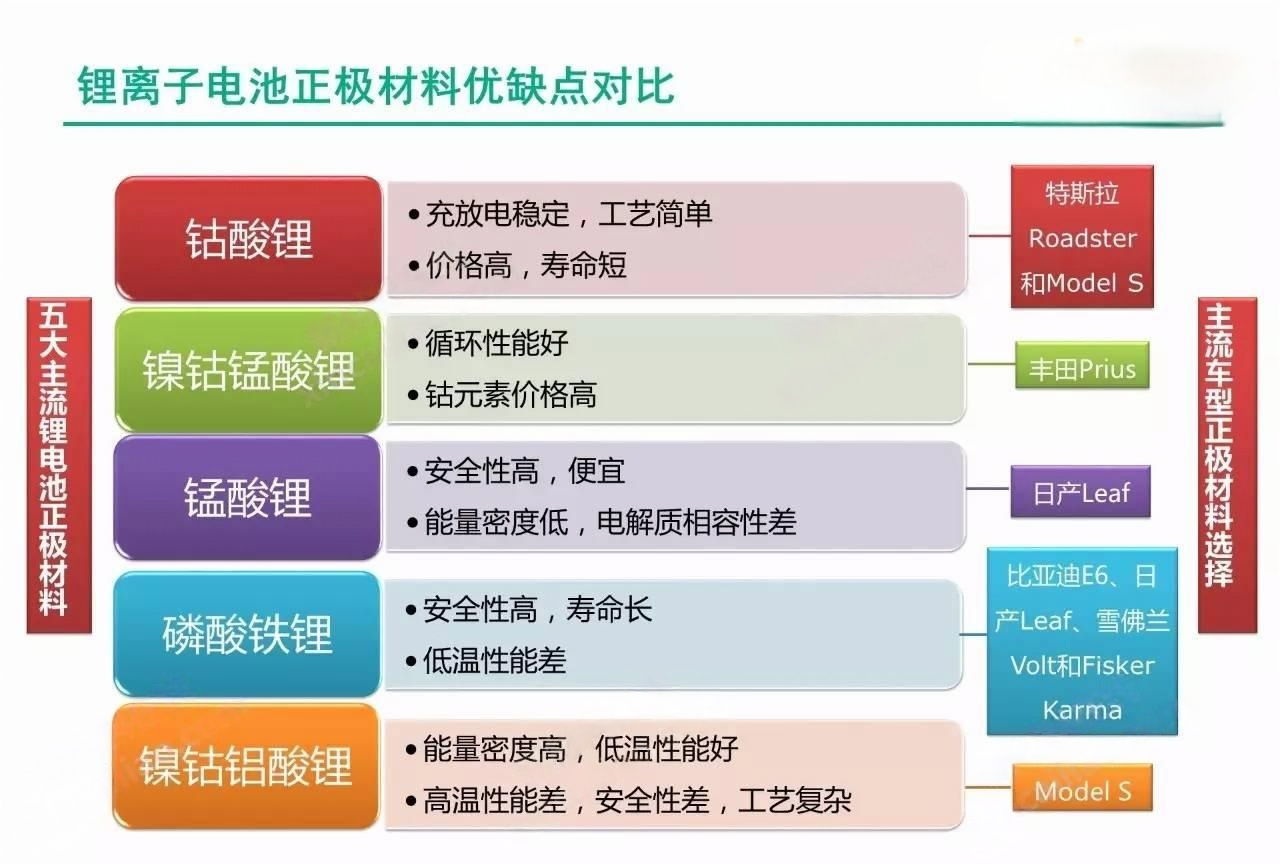焦磷酸钠或其衍生物在电池中,特别是作为钠离子电池正极材料的成本优势,可以从以下几个方面进行分析:
一、资源丰富与成本低廉
资源获取:钠是地球上储量丰富的元素,其在地壳中的含量远高于锂,这意味着钠基材料的原料供应更为充足,有助于降低原材料成本。
价格对比:与锂资源的高昂价格相比,钠资源的价格更为亲民,这使得钠离子电池在原材料成本上具备显著优势。尽管焦磷酸钠的具体成本数据可能因生产工艺、市场供需等因素而有所波动,但从资源获取的角度来看,其成本优势是显而易见的。
二、材料成本与成本占比
成本分布:在钠离子电池的成本分布中,正极材料的成本占比相对较低。与磷酸铁锂电池相比,钠离子电池的正极材料成本占比更低,这有助于降低整体电池的成本。
材料选择:焦磷酸钠或其衍生物作为钠离子电池的正极材料,具有独特的化学性质和物理结构,使得其在电化学性能上表现出色。同时,这些材料相对容易合成,生产成本相对较低。
三、综合成本考虑
制造成本:除了材料成本外,电池的制造成本还包括设备折旧、人工成本、能耗等多个方面。虽然焦磷酸钠或其衍生物在材料成本上具有优势,但具体到电池产品的综合成本,还需要考虑整个生产流程中的各个环节。
规模效应:随着钠离子电池产业的不断发展,生产规模的扩大将有望进一步降低制造成本。这将使得焦磷酸钠或其衍生物在电池中的成本优势更加明显。
四、市场竞争与价格变动
市场竞争:钠离子电池市场正处于快速发展阶段,各大厂商纷纷布局该领域。随着市场竞争的加剧,江苏科伦多焦磷酸钠或其衍生物的价格也有望进一步下降。
价格变动:需要注意的是,原材料价格受市场供需关系、政策变化等多种因素影响,存在一定的波动性。因此,在评估焦磷酸钠在电池中的成本优势时,需要关注市场价格的动态变化。
综上所述,江苏科伦多焦磷酸钠或其衍生物在电池中,特别是作为钠离子电池正极材料的成本优势主要体现在资源丰富与成本低廉、材料成本与成本占比相对较低以及市场竞争与价格变动等方面。然而,具体成本优势的大小还需根据生产工艺、市场供需情况等多个因素进行综合分析。

Advantages of Sodium Pyrophosphate as a Cathode Material for Sodium-Ion Batteries
The use of Sodium Pyrophosphate or its derivatives in batteries, particularly as cathode materials for sodium-ion batteries (SIBs), offers significant cost advantages that can be analyzed from several perspectives:
IAbundant Resources and Low Cost
Resource Availability: Sodium is an element abundantly found on Earth, with its concentration in the crust significantly higher than that of lithium. This translates into a more ample supply of raw materials for sodium-based chemistries, helping to reduce raw material costs.
Price Comparison: Compared to the high prices of lithium resources, sodium is more affordable, conferring a notable cost advantage to sodium-ion batteries in terms of raw material costs. While the exact cost figures for Sodium Pyrophosphate may fluctuate due to production processes, market supply and demand, and other factors, its cost advantage is evident from a resource availability standpoint.
Material Cost and Overall Cost Contribution
Cost Distribution: In the cost breakdown of sodium-ion batteries, the cost of cathode materials accounts for a relatively low proportion. Compared to lithium-iron-phosphate batteries, the cathode material cost of sodium-ion batteries is even lower, contributing to an overall reduction in battery costs.
Material Choice: Sodium Pyrophosphate or its derivatives, as cathode materials for sodium-ion batteries, exhibit unique chemical properties and physical structures that lead to impressive electrochemical performance. Moreover, these materials are relatively easy to synthesize, further enhancing their cost-effectiveness and enabling their widespread adoption.
By utilizing Sodium Pyrophosphate or its derivatives as cathode materials, sodium-ion batteries offer a cost-effective solution for energy storage that harnesses the abundance of sodium resources. This not only promotes sustainability but also aligns with the global trend towards transitioning to low-cost and environmentally friendly energy technologies.
Comprehensive Cost Considerations
Manufacturing Costs: In addition to material costs, the overall manufacturing costs of batteries encompass various aspects such as equipment depreciation, labor costs, and energy consumption. While Sodium Pyrophosphate or its derivatives offer advantages in terms of material costs, a comprehensive assessment of battery product costs must also consider all stages of the production process.
Scale Effects: As the sodium-ion battery industry continues to grow and production scales up, there are opportunities for further reductions in manufacturing costs. This trend will amplify the cost advantages of Sodium Pyrophosphate or its derivatives in batteries.
Market Competition and Price Fluctuations
Market Competition: The sodium-ion battery market is currently in a rapid development phase, with multiple manufacturers actively entering the field. As competition intensifies, prices for Jiangsu Kolod's Sodium Pyrophosphate or its derivatives are expected to decline further.
Price Variations: It is important to note that raw material prices are subject to fluctuations due to various factors, including market supply and demand dynamics, policy changes, and other external factors. Therefore, when evaluating the cost advantages of Sodium Pyrophosphate in batteries, it is essential to monitor market price movements closely.
By taking into account these comprehensive cost considerations, market competition, and potential price fluctuations, manufacturers can make informed decisions about the adoption of Sodium Pyrophosphate or its derivatives as cathode materials for sodium-ion batteries. This approach not only ensures cost-effectiveness but also fosters the long-term development and commercialization of sustainable energy storage solutions.
To summarize, the cost advantages of Jiangsu Kolod sodium pyrophosphate or its derivatives in batteries, particularly as cathode materials for sodium-ion batteries, are primarily manifested in abundant resource availability and low costs, relatively low material costs and cost proportions, as well as market competition and price fluctuations. Nevertheless, the extent of these cost advantages needs to be comprehensively analyzed based on multiple factors such as production processes, market supply and demand conditions, and others.
